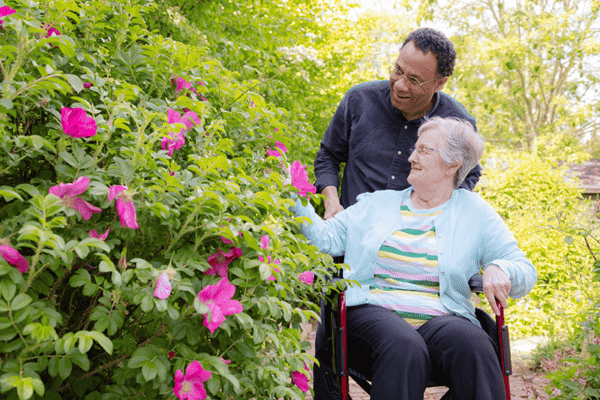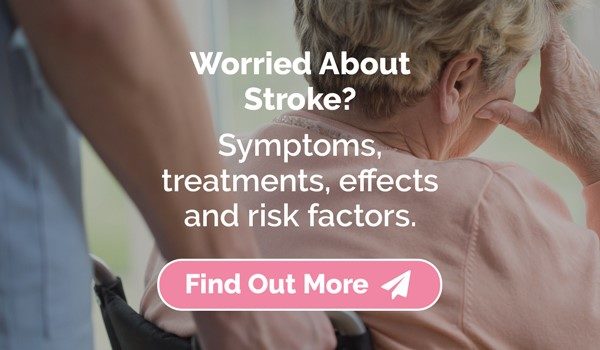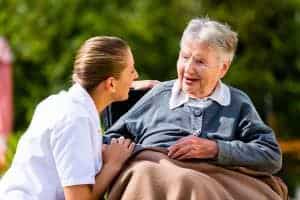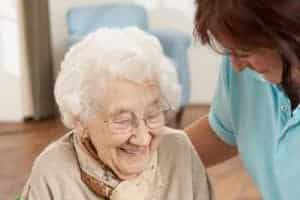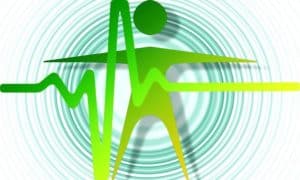If you are caring for a loved one, or indeed if you yourself have suffered a stroke, you may be concerned about how the recovery will progress. You may have questions about the length of time it takes to recover, or how successful your journey will be. Here, we take a look at how long it may take to recover from a stroke and the different stages a person may experience. We also provide tips, from our experience as live-in care experts, that may help to make this journey a little easier.
How long does it take the brain to settle after a stroke?
Recovery is a journey that is unique for every person. However, in most cases the most significant improvements will be seen within the first 3 to 6 months. However, it may take years for the brain to settle fully after a stroke.
What are the stages of stroke recovery?
The Brunnstrom stages of stroke recovery, which were developed by therapist Signe Brunnstrom, offer some insight into the stages of motor recovery after a stroke. Here, we break them down to give patients and carers a guide to what you might expect after a stroke.
Stage 1 – Flaccid muscles
Immediately after a stroke occurs, muscles affected can be limp or floppy. This is known as flaccidity. It occurs because the brain is struggling to send messages to affected muscles.
Stage 2 – Rigid muscles
When the brain begins to rebuild connections to the affected areas, muscles might become rigid or stiff. This is known as spasticity. This stage can be frustrating for the affected person, but it does give some indication that the brain is working on its recovery.
Stage 3 – Worsening stiffness
Movement may become more difficult, as the spasticity from the previous stage increases. However, this is still a positive sign that the brain is trying to re-establish connections to the affected muscles.
Stage 4 – Decreased stiffness
This is the stage where some voluntary movement patterns start to emerge. While these may be somewhat uncoordinated and jerky, they can serve as signs that the brain is beginning to regain control.
Stage 5 – Complex movements
Here, the affected person may be able to start using utensils, or trying to dress themselves. This can be a good sign, as it can help a person regain some independence.
Stage 6 – Coordination improves
Here, there is almost no stiffness in the muscles. Complex movements can be performed more easily, and with more precision.
Stage 7 – Normal function
Here, normal function returns to the affected side of the body, allowing for movement to be the same as it was before the stroke. While not everyone reaches this stage, some people do.
Tips from carers
We’ve written extensively about post-stroke care, and how live in care services can help you navigate this period of recovery. Throughout this time, we’ve developed some useful tips for those going through this process and those who are supporting them:
Remember, everyone’s journey is unique, and progress may vary
Consistent therapy and rehabilitation strategies can help those affected reach their full potential
Celebrate the small victories and keep a record of how far your recovery has progressed

